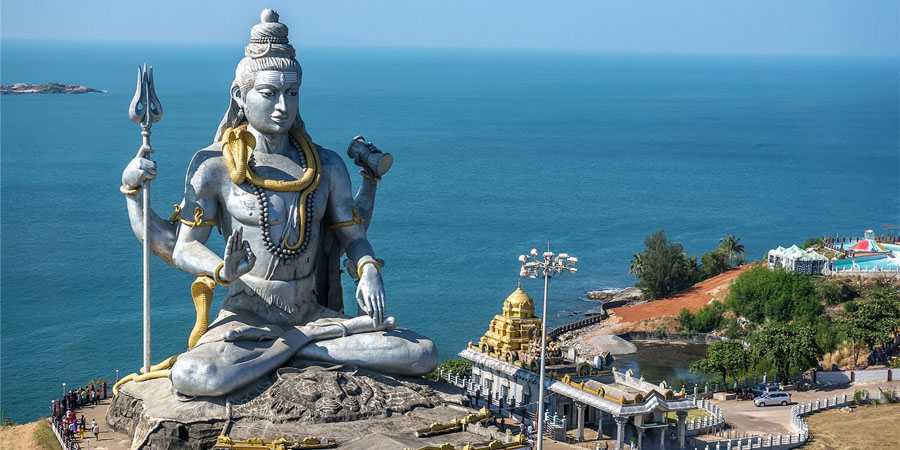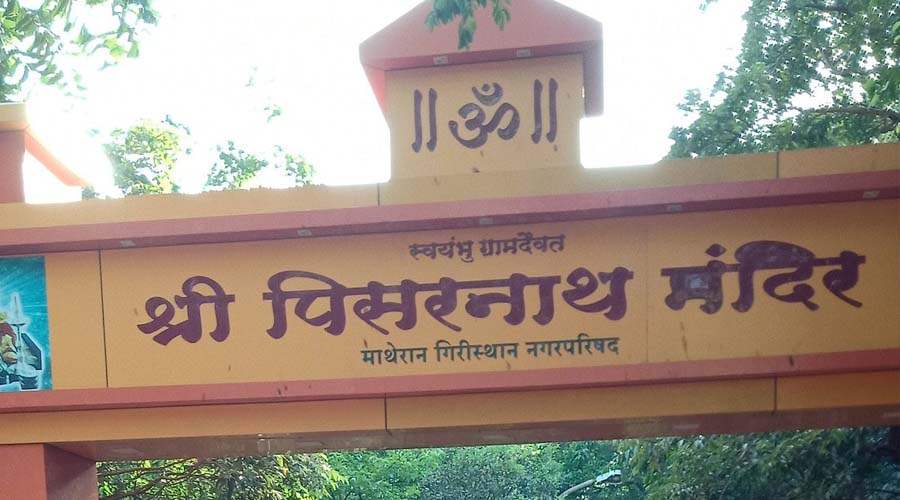Nestled on the serene coastline of Karnataka, Gokarna Temple, also known as the Sri Mahabaleshwar Temple, is one of the most revered Shaivite temples in India. Dedicated to Lord Shiva, the temple holds immense spiritual significance and is deeply connected with legends from Hindu mythology. Unlike the vibrant chaos of many popular pilgrimage centers, Gokarna offers an air of tranquility where culture, faith, mythology, and natural beauty come together in harmony. The temple attracts not just devotees but also seekers of peace, ancient traditions, and timeless stories tied to the Indian epic heritage.
History and Mythology
The Gokarna Temple is steeped in rich mythology that binds it with the Ramayana and Mahabharata eras. According to legend, King Ravana of Lanka performed intense penance to please Lord Shiva and was granted the powerful Atmalinga, a divine emblem that carried the god’s immense energy. However, the gods feared that Ravana, empowered by this linga, could not be defeated.
To prevent this, Lord Vishnu and Lord Ganesha tricked Ravana into placing the Atmalinga at Gokarna. Once placed on the ground, it became immovable, forever establishing the site as a sacred abode of Lord Shiva. The temple, therefore, enshrines one of the most powerful lingams, believed to be the original Atmalinga, making it uniquely significant among Shiva shrines in India.
The name “Gokarna” itself translates to “cow’s ear,” stemming from the legend that Lord Shiva emerged from the ear of a cow here, symbolizing Mother Earth and divine creation.
Architecture and Structure
The Gokarna Temple architecture reflects the classic style of southern India. Its main sanctum, built with granite stone, houses the Atmalinga, which can only be touched by the temple priests. Devotees are allowed to view and worship from a distance, adding to the holiness of the experience.
The temple features a tall granite tower, intricately designed with carvings, representing both divine grandeur and timeless craftsmanship of the Chalukyan and Dravidian traditions. The gopuram rises majestically against the blue backdrop of the Arabian Sea, creating a mesmerizing blend of spirituality and natural beauty. The temple also has a sacred water tank known as Koti Tirtha, which is believed to purify devotees through ritual bathing.
Rituals and Festivities
Gokarna Temple follows elaborate rituals that date back centuries. Daily poojas, abhishekas with sacred water, milk, and ghee, as well as offerings of flowers and bilva leaves to the Atmalinga, form the core of worship here. Devotees strongly believe that sincere prayers at this temple bring protection, prosperity, and liberation from sins.
One of the most significant festivals celebrated here is Maha Shivaratri, which draws massive devotees from across the country. The temple becomes a hub of spiritual fervor, where processions, cultural programs, and rituals lasting all night honor Lord Shiva. Other important occasions include Kartika Purnima and the Rath Yatra associated with Lord Mahabaleshwar.
Spiritual Significance
For Shaivites, the Gokarna Temple ranks almost as high as Kashi Vishwanath in Varanasi and Rameswaram in Tamil Nadu. It is often referred to as the “Dakshin Kashi,” or Kashi of the South. Pilgrims believe that worshipping the Atmalinga in Gokarna brings spiritual liberation equivalent to performing penance at holy cities like Varanasi.
Besides ritual significance, Gokarna is considered an essential pilgrimage destination in the journey of soul purification. Bathing in Koti Tirtha, offering prayers at the temple, and meditating along its serene beaches together create a rare union of devotion and inner peace.
Gokarna Beyond the Temple
While the temple is the spiritual heart of the town, Gokarna’s charm extends beyond religious importance. The town is blessed with pristine beaches like Om Beach, Kudle Beach, and Half Moon Beach, which attract both pilgrims and travelers seeking tranquility. This unique coexistence of spiritual sanctity and leisure tourism makes Gokarna unlike any other destination in India.
Walking through the narrow streets of Gokarna, visitors experience traditional markets filled with flowers, puja items, and local crafts. The small-town atmosphere, temple bells resonating from dawn to dusk, and the constant fragrance of incense together create an immersive cultural experience.
Accessibility and Visiting Tips
Gokarna is located in the Uttara Kannada district of Karnataka and is well connected by road and rail. The nearest major railway station is Gokarna Road, while Goa’s Dabolim Airport is the closest option for air travelers. From Bangalore or Mangalore, buses and private taxis frequently ply to Gokarna.
When visiting the temple, it is customary to follow strict dress codes—men are generally required to go bare-chested while entering the sanctum. Devotees are expected to maintain silence, humility, and respect for traditions during darshan. Early morning is considered the best time for worship, offering a more intimate and peaceful encounter with Lord Shiva’s presence.
Preservation of Tradition
Despite the rise of tourism, Gokarna has managed to preserve its deeply rooted traditions. The local priests and temple management ensure the rituals and heritage are not diluted by commercialization. Efforts are also being taken by both religious bodies and civic agencies to maintain the sanctity of the temple complex and prevent environmental degradation in its surrounding region.
This balance between faith and responsible tourism plays a major role in sustaining Gokarna as a timeless sanctuary for generations.
Conclusion
The Gokarna Temple is not merely a place of worship; it is a confluence of mythology, devotion, architecture, and natural splendor. Here, Lord Shiva’s eternal presence blends with the rhythm of waves from the Arabian Sea, creating an atmosphere of deep spiritual resonance. Whether one visits as a devoted pilgrim or as a traveler immersed in history and culture, the Mahabaleshwar Temple of Gokarna leaves a lasting imprint of divinity and peace.
For those seeking a journey that combines myth, faith, and tranquility, a visit to Gokarna Temple is an experience that transcends just pilgrimage—it is a step into the heart of India’s timeless spiritual legacy.


